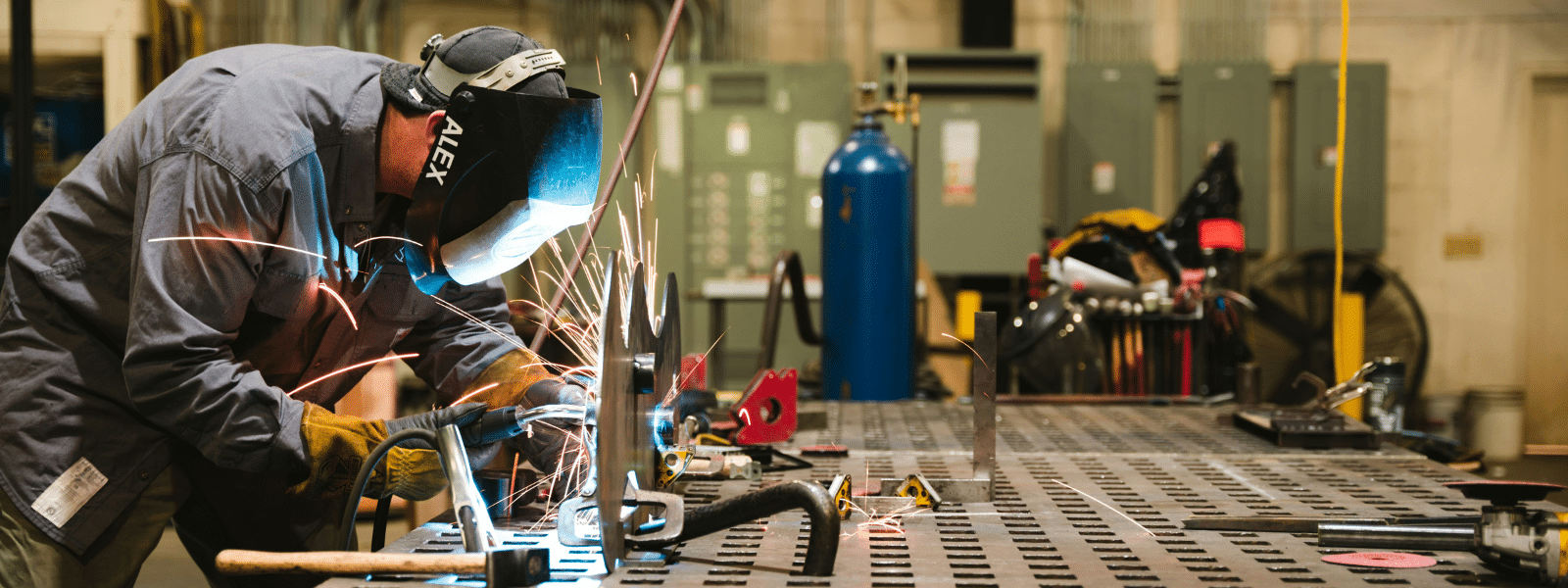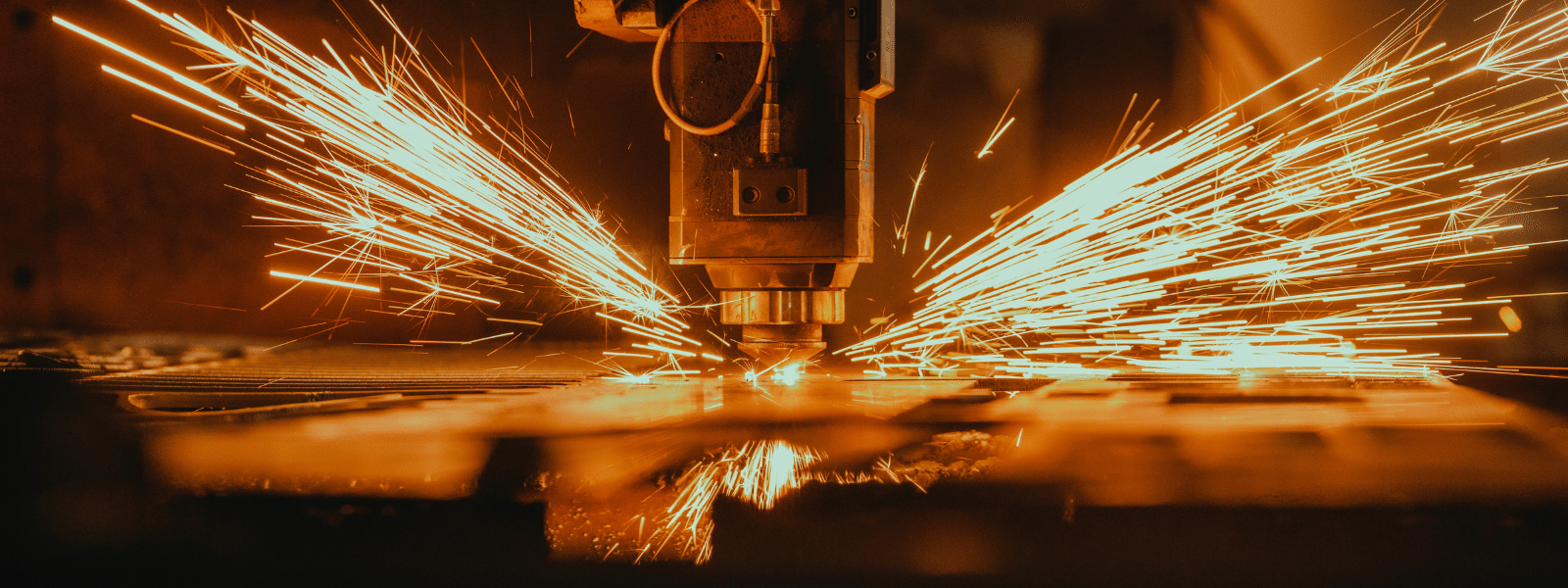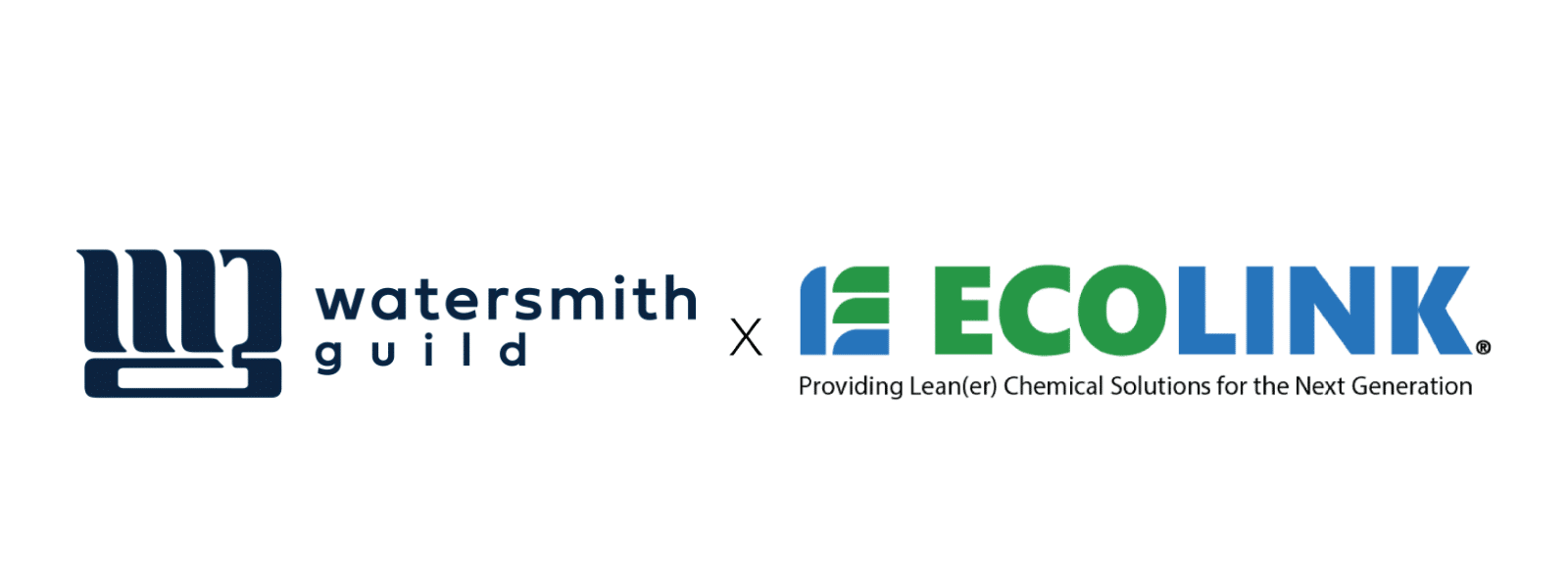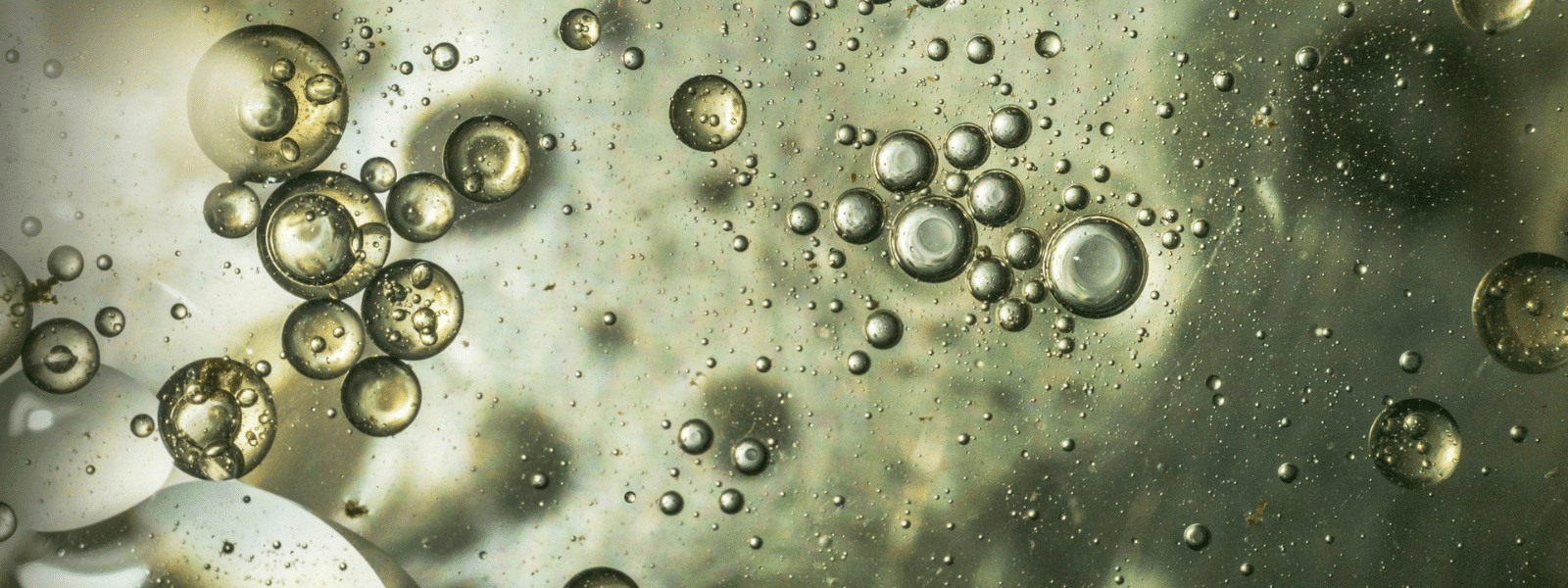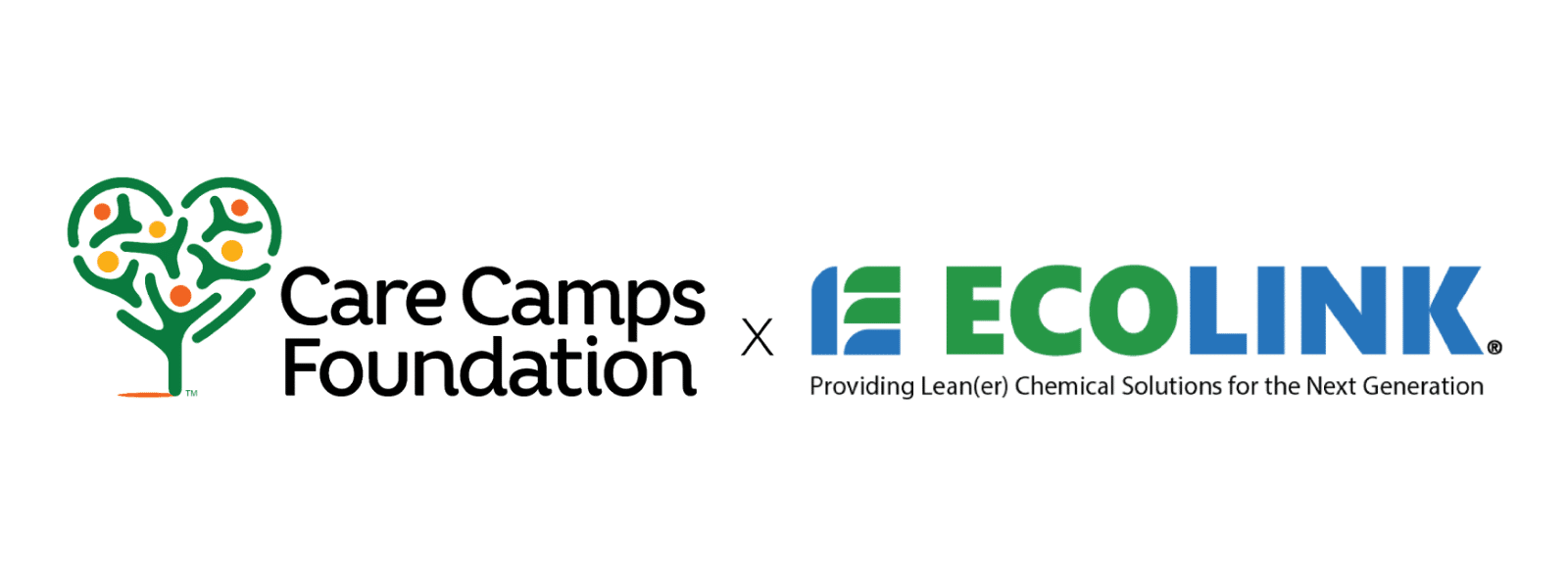Due to its excellent dimensional stability, corrosion resistance under normal conditions, and clean appearance, stainless steel is one of the most commonly used metallic alloys for the composition of equipment housing and precision parts for numerous types of machinery. Maintaining these qualities in stainless steel depends partly on how it is cleaned. If you need a parts cleaning solvent for stainless steel, taking the six steps below will help you select one.
- Determine the Type of Stainless Steel
There are five families of stainless steel: austenitic, ferritic, martensitic, duplex, and precipitation hardening. All stainless steels contain at least 10.5% chromium by mass (chromium gives the metal its characteristic shine). However, different families of stainless steel contain different levels of chromium. Because chromium can be a highly reactive chemical compound, it’s important to determine the type of stainless steel you must clean before you choose a cleaner.
- Determine the Ideal Cleaning Method
For the sake of efficiency, stainless steel parts that play a crucial role in work processes are typically cleaned in one of two ways: They are sprayed with an aerosol or pump action cleaner that has a high evaporation rate or placed in a parts washing system. The ideal cleaning method for your parts determines the basic type of solvent you need to complete the cleaning process.
- Avoid Halogenated Cleaning Solvents
Solvents that contain halogen salts — particularly chlorides — corrode stainless steel and ruin its attractive surface. Over time, surface corrosion can penetrate parts and lead to compromised dimensional stability. Prime examples of halogens that should be avoided when cleaning stainless steel are: fluorine, chlorine, bromine, iodine, and astitine. Wikipedia offers a list of halogenated solvents that should not be used to clean stainless steel under any condition.
- Avoid Solvents That Leave a Residue
Most organizations want stainless steel parts to remain bright and clean. Part of keeping them that way requires using a parts cleaning solvent that doesn’t leave a residue. You may not notice the residue that a residual cleaner leaves behind, but the residue will almost certainly attract dirt and grime to the parts. By helping stainless steel parts remain clean, using a non-residue parts cleaning solvent will help you perform the cleaning process less frequently.
- Avoid Solvents That Emit Pollutants
Regardless of their efficacy for cleaning stainless steel, solvents that emit hazardous air pollutants (HAPs) should be avoided due to their effect on workers’ health. HAP solvents can cause acute conditions such as dizziness and chronic conditions such as nerve damage. In addition to impacting workers, these conditions also affect companies in the form of increased sick days taken, workers compensation, and chemical injury lawsuits (a.k.a. toxic torts).
- Consult a Cleaning Solvent Supplier
Choosing a parts cleaning solvent for stainless steel involves several considerations. If you need help choosing the right solution, don’t resort to guesswork. Contact the solvent specialists at Ecolink by calling (800) 563-1305, or use the contact page on our website. If one of our readymade cleaners doesn’t meet your requirements, we will create a custom cleaner that does. We look forward to supplying you with the best cleaner for your stainless steel cleaning process.








